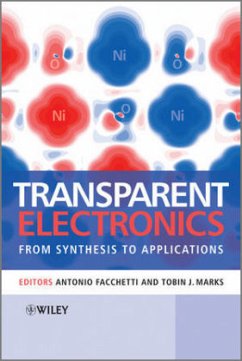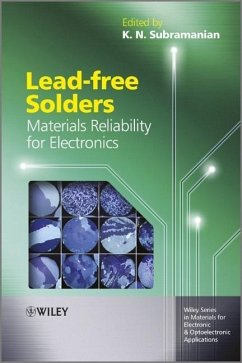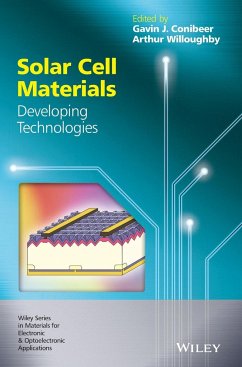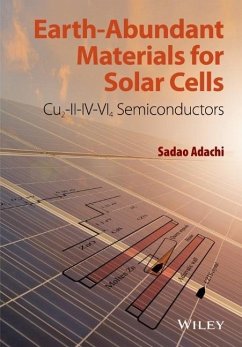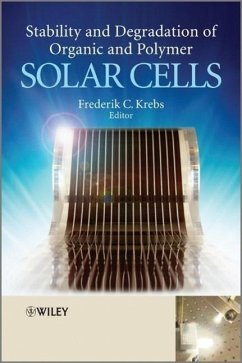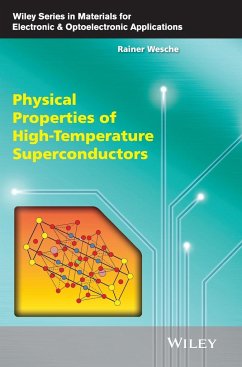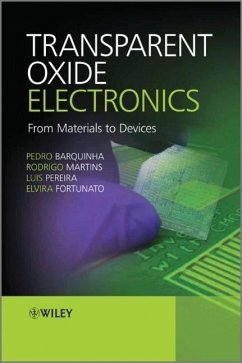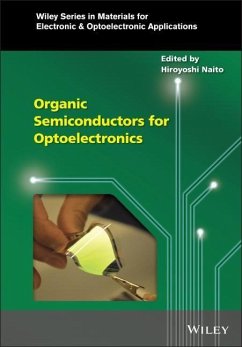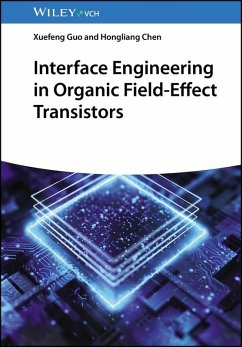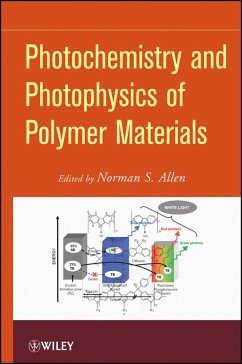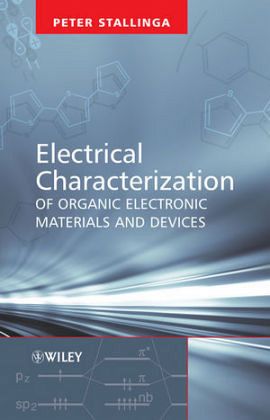
Electrical Characterization of Organic Electronic Materials and Devices

PAYBACK Punkte
74 °P sammeln!
Electrical Characterization of Organic Electronic Materials andDevices gives new insights into the electronic properties andmeasurement techniques for low-mobility electronic devices;characterizes the thin-film transistor using its own model; linksthe phenomena seen in different device structures and differentmeasurement techniques; presents clearly both how to performelectrical measurements of organic and low-mobility materials andhow to extract important information from these measurements; andprovides a much-needed theoretical foundation for organicelectronic.



